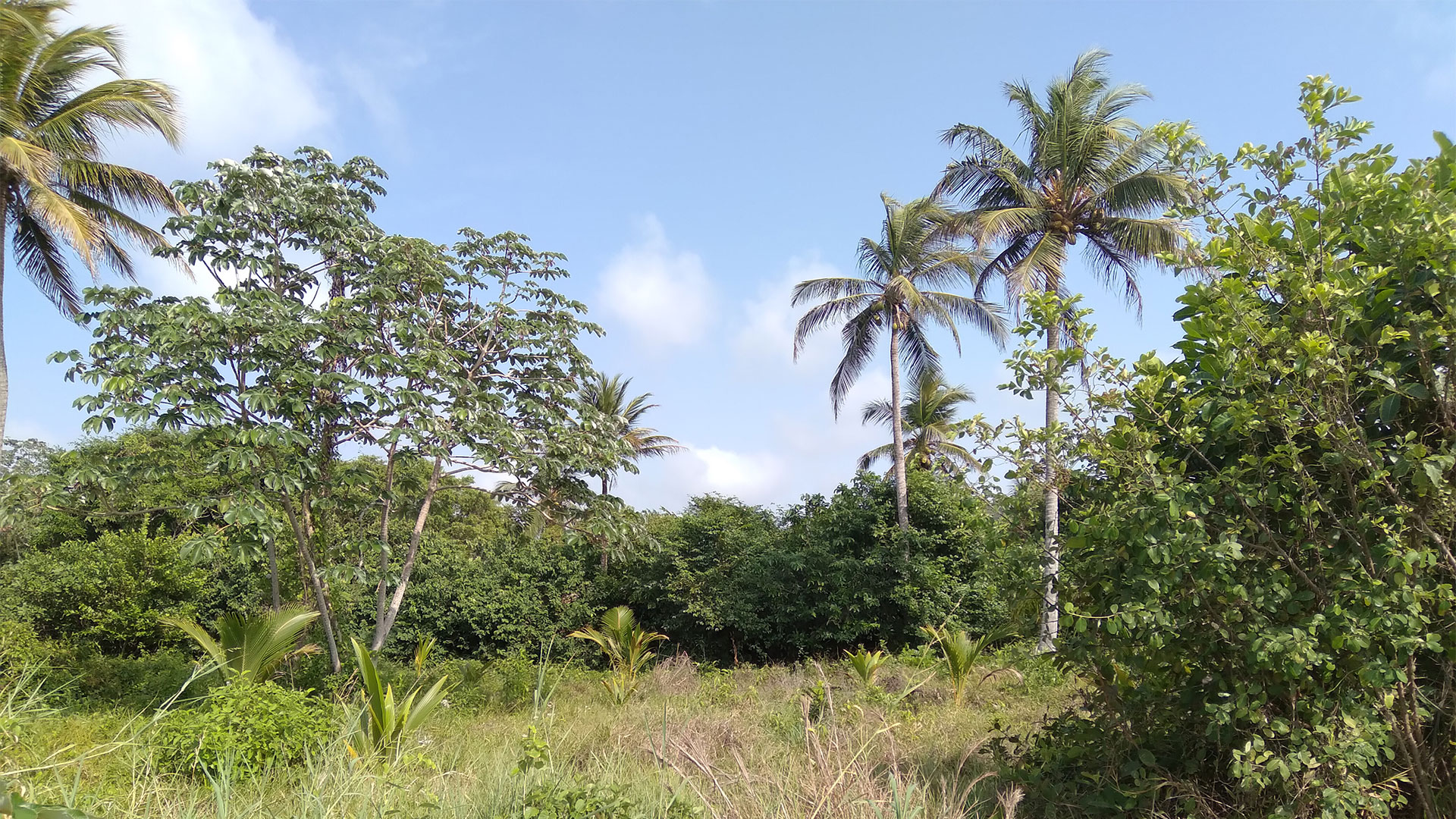Who is the person responsible for Jaibazul?
Hello my name is Jorge. I don’t have much to say about myself, except that I’m interested in protecting the environment. I have a job – like everyone else – that has nothing to do with ecology, a supportive family and a genuine interest in leaving the world a little better than I found it.
Why does Jaibazul exist?
Because the region and the species that live in it – including humans – needed an alternative to the extractive economy. If we all go to hunting, logging, fishing and farming, we will end up suffering the tragedy of the commons; One day we will have nothing to hunt, log, fish, or fertile land to cultivate. Complaining about environmental problems is easy, asking governments for solutions too. Trying to solve it with your own hands is not, but you can achieve a lot.
How did you get the land?
The land belonged to my great-grandfather and has been passed down from generation to generation.
Is Jaibazul for sale?
NO, I would buy the surrounding land if I could!
Are you against economic development?
Not at all. People do not live off air and we must take advantage of available resources. The problem appears when resources are exploited in an unsustainable way. If you have planted 100 trees, there is no problem if you log 10, but many people want to cut down 100 trees and plant 0.
Each ecosystem has a carrying capacity and we must not go further as if we were the only living beings on the planet. We are linked with other species and we must learn to live in balance.
Is Jaibazul profitable in economic terms?
No. In a medium term I aspire to commercialize organic products. Would you buy fruits grown in a forest, contributing to the protection of several endemic species?
Until now costs such as: purchase of seeds, removal of weeds, organic fertilizers, forest trays, etc. have been entirely assumed by me.
Do you receive public funds or some kind of financial compensation?
Some entities have donated money or equipment to me and their logos appear on the Friends page as sponsors, their selfless donations have helped me a lot, but they do not cover the recurring expenses of sustaining Jaibazul as a reserve, those expenses are still assumed by me.
Why didn’t you do a linear plantation?
Forest engineers have very good arguments to support linear plantations and when looking for profitability it is the best option, but I was not looking for profitability, I was looking to create a forest and I was inspired by the philosophy of Masanobu Fukuoka; work with nature and not against it.
Why mix such different species? How did you choose them?
When I started working in Jaibazul I was not sure which species I should plant, or in which places (I learned along the way), so I sowed everything I could by trial and error. Surely I made mistakes that would cause nightmares to a botanist, but nature itself took care of showing me my mistakes, and natural selection will eventually polish the process. Life makes its way.
Now I am focused on re-introducing native trees that no longer exist in the area.
How was the fauna recovery process?
At the beginning the only fauna that could be seen in Jaibazul were mosquitoes, ants and a type of lizard. Occasionally I saw birds but not nests, which suggests they were passing through. As the forest grew I began to find bird nests and crab burrows, later Cotton-top tamarins appeared and recently I found armadillo burrows. There are indications that suggest the presence of tapirs (tapirus bairdii), black-headed spider monkeys (ateles fusciceps rufiventris) and howler monkeys (Alouatta sp).

